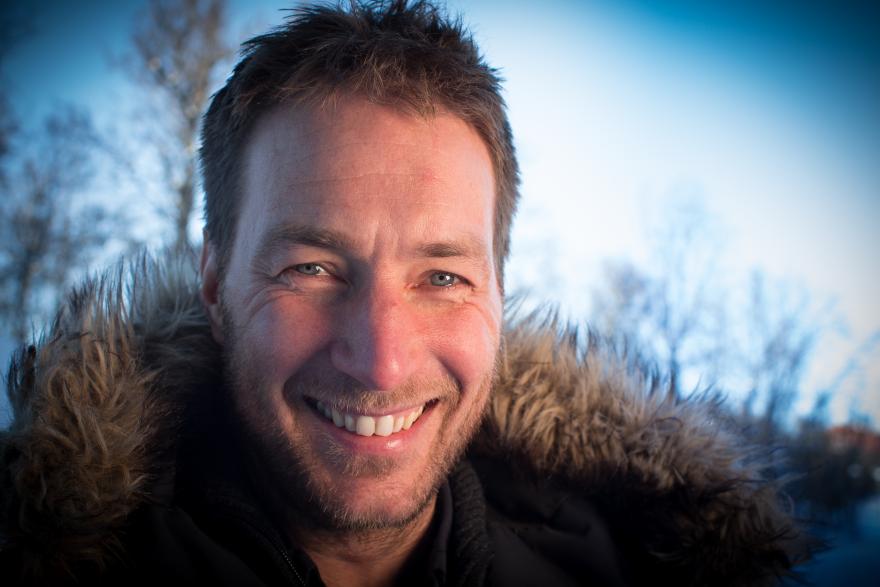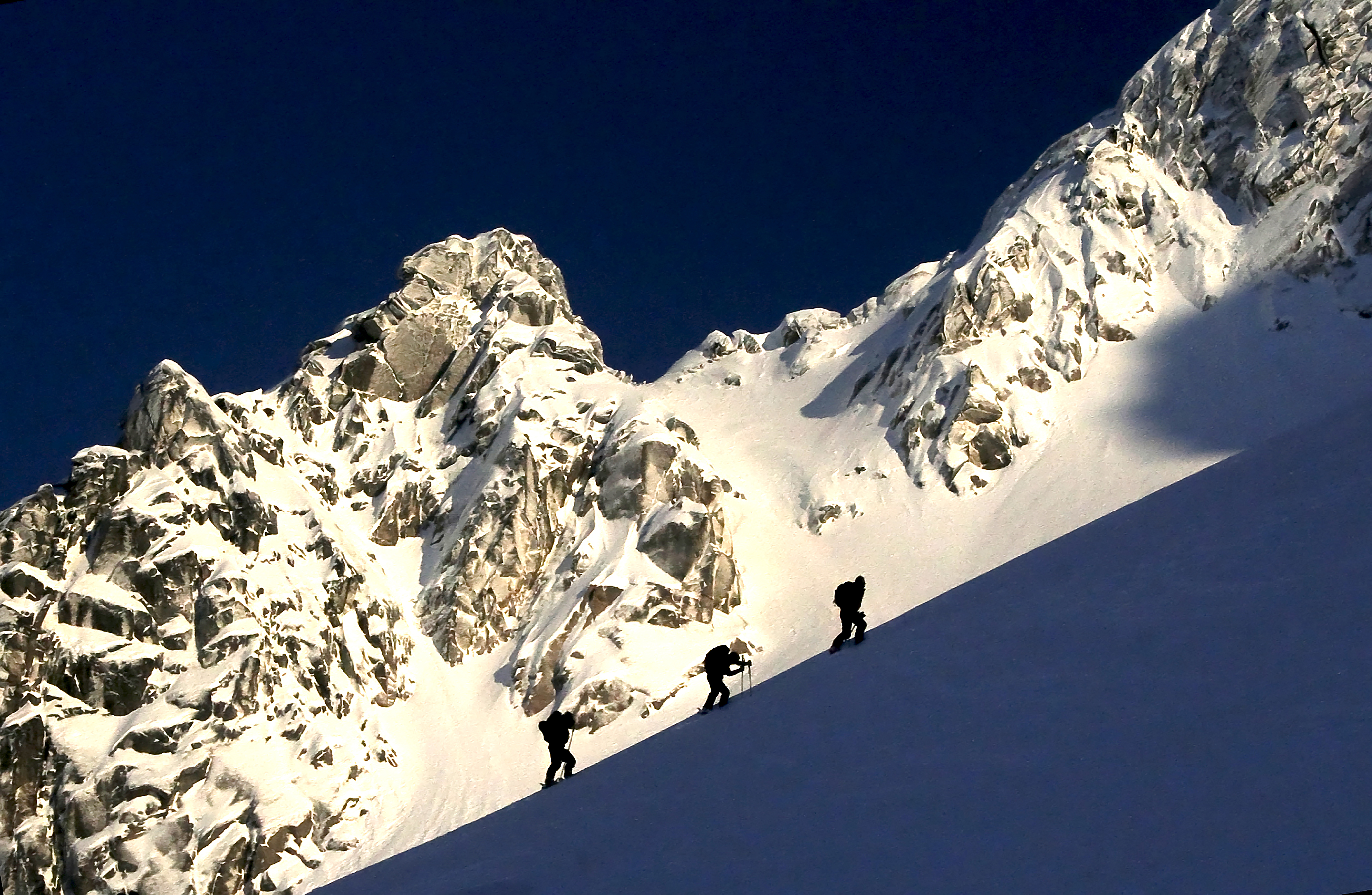Although the situation above is fictitious, it’s still realistic. Over the past ten years, 70 people have lost their lives in Norway due to avalanches. Researchers from the project Grappling with Uncertainty in Environments Signaling Spurious Experiential Decisions (GUESSED), funded by NordForsk, have focused on how to make good decisions in snowy terrain where there’s a risk of avalanches. The researchers have studied how we make decisions when we find ourselves in risky situations such as avalanche terrain, where one wrong decision can have disastrous consequences.
A changing world requires risk assessment
“What makes avalanches special is that we’re talking about a very complex environment. The danger you face not only varies from day to day and hour to hour, but also from metre to metre. Just because it was safe yesterday it doesn’t mean it’ll be safe tomorrow. It may well happen that there’s a great danger of snow on one side of the mountain and not on the other. It’s a very complex decision to assess whether you should carry on or turn around,” says Audun Hetland, project manager and associate professor at The Arctic University of Norway in Tromsø.
The project is based on avalanche terrain, but Hetland points out that the results are also relevant for other environments which require risk assessment and quick decisions. It might be at a hospital emergency department, where the senior doctor has to make difficult decisions under time pressure and without feedback. Another example concerns politicians, who must lead the population safely through a raging pandemic, where you can’t wait for sufficient information before making a decision, otherwise you run the risk that the pandemic may spin out of control.
According to Hetland, researching decision-making is more relevant than ever:
“The global situation has been changing rapidly over the past few years, and we’re in the midst of major climate change, a new era in defence policy, and a pandemic. There’s a large number of important events that we have to deal with and make decisions on. The world isn’t as stable as it used to be, and everything points to the fact that instability is the new normal. That’s why being able to make good decisions, even in the midst of a great degree of uncertainty, has become more important than ever.”

Men are confident, women are precise
The project’s results show that many people entering avalanche terrain don’t take the situation especially seriously. Hetland previously studied base jumping. Many people get very nervous before jumping. In avalanche terrain, however, a fair number of people don’t take the situation particularly seriously. You rarely get good feedback on whether you’ve made the right or wrong choice. This makes avalanche terrain a difficult learning environment. On top of that, you may not even notice that there’s danger on the way. The snow just lies there, white and peaceful. And if you aren’t afraid, then it’s easy to think that everything’s going well, even if you’re in danger—and that’s where the human factor comes in.
“If you ask men how good they are at driving, 8 out of 10 answer that they’re better than average. We probably overestimate our own abilities. It’s good to have self-confidence and believe in yourself, but you’ll face a mammoth challenge on the day you have to make decisions in unsafe and dangerous environments,” emphasises Hetland.
What role does experience play? According to the project’s results, some suggest that you become more confident with experience, but not necessarily more precise. It can actually be even more dangerous, because your confidence can lull you into more challenging terrain without much thought as to the consequences. Confidence develops through experience. Researchers have also drawn comparisons between the sexes to investigate whether there’s a difference between how men and women make decisions. It appears that while women are less confident, men develop confidence quicker, but do not develop precision.
What impact does group dynamics have?
We’re social beings and are influenced by each other. That’s why the researchers have also investigated what happens when groups go on a trip together in avalanche terrain. Some of the researchers have joined them skiing and followed the groups to produce high-quality studies. They wanted to investigate whether you make better decisions in groups than on your own.
“A group can go either way. If group dynamics are good, you make better decisions than as an individual because you have more brain capacity available, more eyes among you, and a greater degree of reflection. In a group with poor group dynamics, it can become more dangerous if no one takes responsibility, or if a strong leader makes dangerous decisions and no one dares oppose them.”

How do we make good decisions?
“We make the vast majority of decisions in life intuitively, without thinking about them. Before you’ve had time to think about a decision, you’ve already moved onto another,” explains Hetland. As humans, we have an incredible capacity for intuition, which means that we can learn to make complex decisions. This requires the ability to learn, and in order to learn, we need feedback to know if we’ve made the right or the wrong choice. Although you can train your intuition by doing the same thing many times over and can assess complex situations, you still need feedback.
“The opposite of intuition is rational capacity, and that’s quite limited in us humans. To be able to make complex judgments rationally requires a lot of thinking. In dangerous situations, such as in avalanche terrain, we should make decisions rationally because we don’t have the prerequisites to do it intuitively,” says Hetland.
Among other things, the project must result in a pedagogical framework, in which the researchers’ knowledge and data from the project are boiled down into various learning programmes. This can be used to train people to behave safely in the mountains and become skilled guides in dangerous terrains.
NordForsk’s funding has been pivotal in the GUESSED project:
“GUESSED has grown considerably thanks to NordForsk’s funding, and we’re happy about that. We now have researchers from Norway, Sweden and Finland, as well as Germany, Scotland and the US who have recently joined us. The last time we had a joint meeting, we brought together 16 people from 12 different countries and with very different backgrounds. We’re an interdisciplinary project, and have researchers with backgrounds in everything from psychology and philosophy to snow science, computer science and medicine,” Hetland concludes.
The project is part of NordForsk’s Nordic programme for Interdisciplinary Research.


